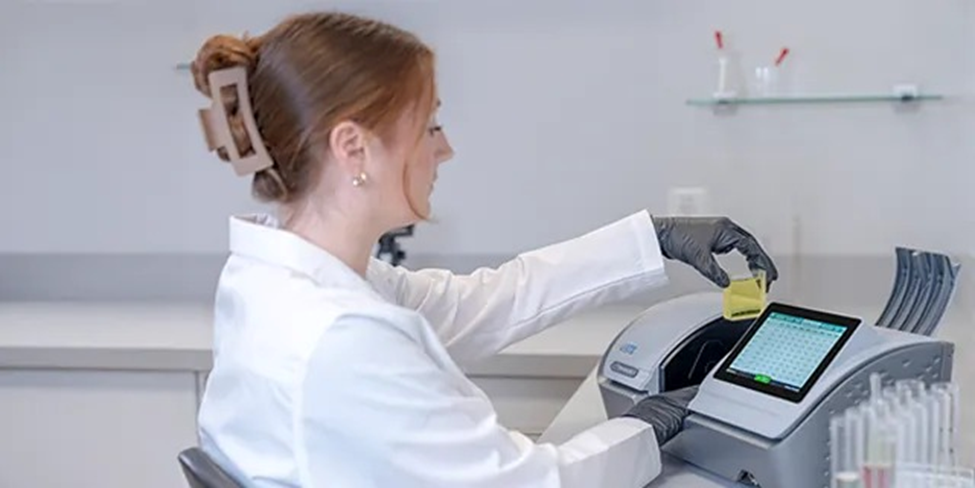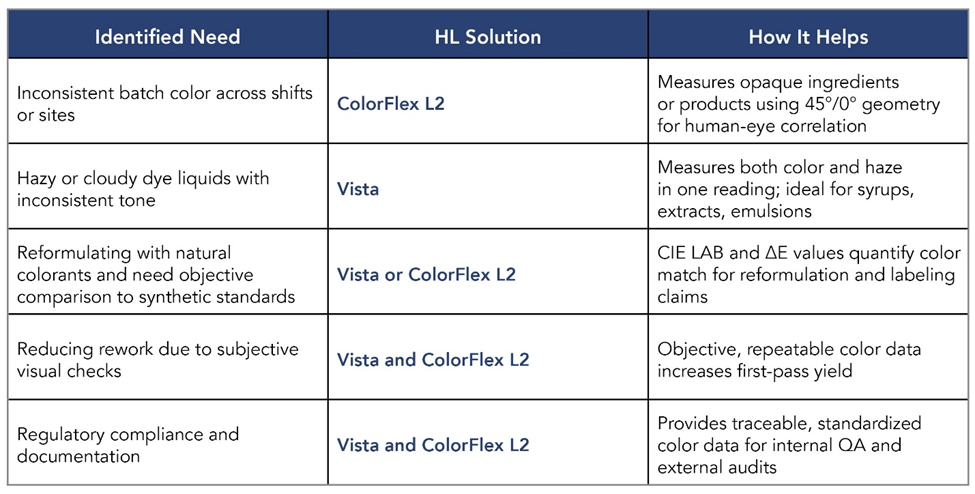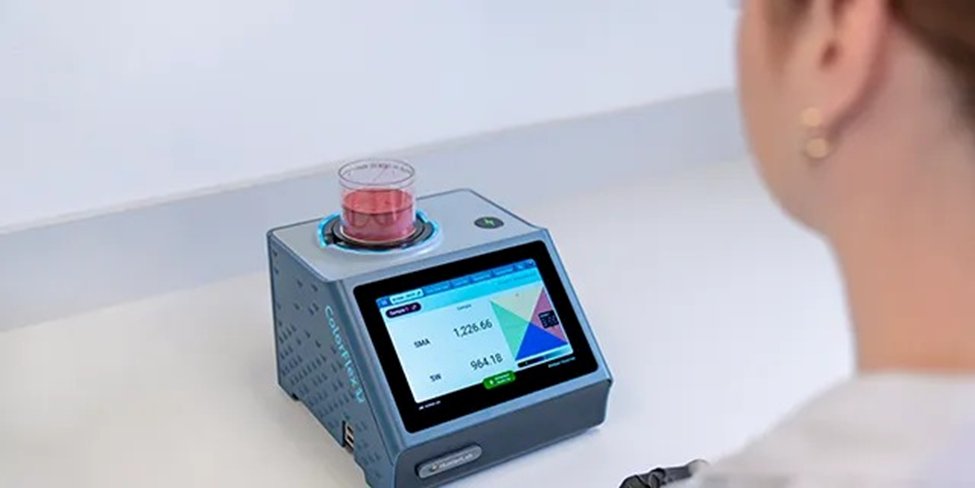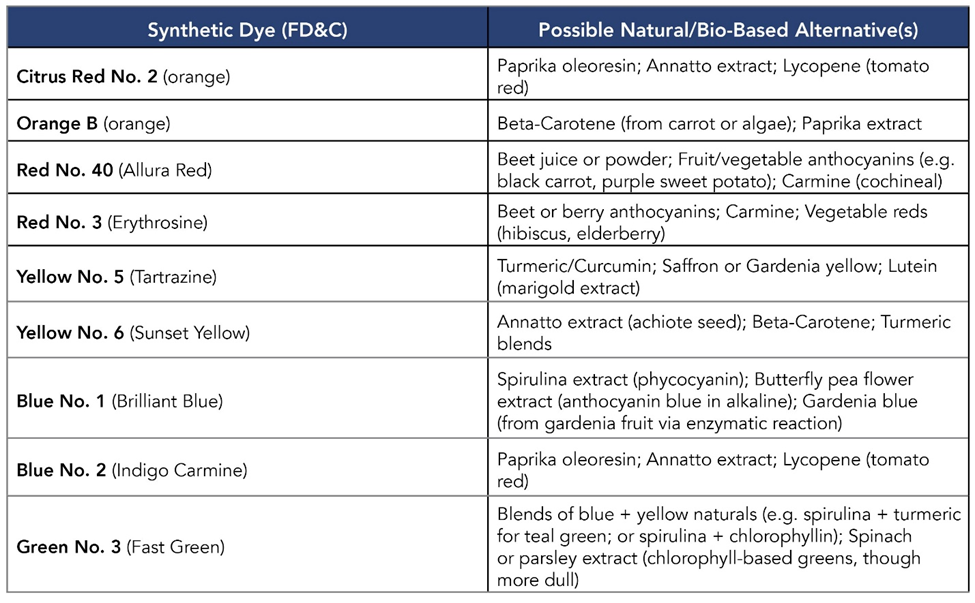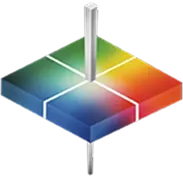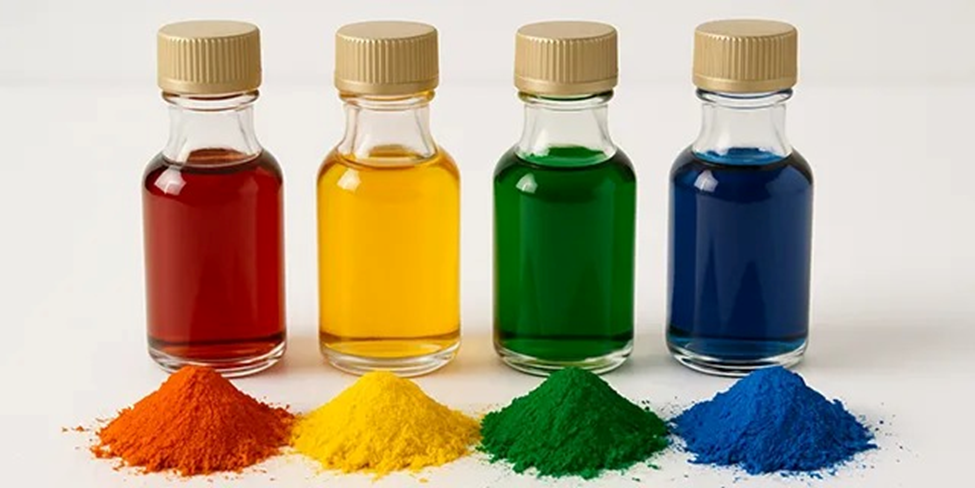
Color isn't just visual—it's emotional. It shapes how we feel about the food we eat and the trust we place in the brands behind it. Now, more than ever, that trust is being tested. With growing evidence that synthetic food dyes like Red No. 40 and Yellow No. 5 may harm children's health, and with global regulators stepping in, food manufacturers face a moral and market imperative: it's time to go natural.
The 2025 Make America Healthy Again (MAHA) Report has sent a clear signal—reformulate or be left behind. But moving away from synthetic dyes isn't just about compliance. It's about delivering safer, cleaner, and emotionally resonant food experiences. And that’s where HunterLab comes in.
Why Synthetic Food Dyes Are Being Banned
From hyperactivity in children to outdated FDA safety standards, synthetic dyes have become a public health concern. The MAHA Report, backed by federal agencies, is pushing for urgent reevaluation. Europe has long since labeled or banned these additives—and the U.S. is finally catching up.
For food brands, the message is clear: if you're still using petrochemical dyes, your products—and your reputation—are at risk.
Scientific Challenges of Going Natural
Switching from synthetic to natural colorants isn’t easy. Food scientists must solve for:
- Stability: Natural dyes degrade in heat, light, or acidic conditions.
- pH Sensitivity: Color shifts based on a product’s pH.
- Flavor Impact: Many natural pigments affect taste.
- Consistency: Batch-to-batch variation in natural ingredients.
- Supply & Cost: Natural colors are costlier and harder to scale.

